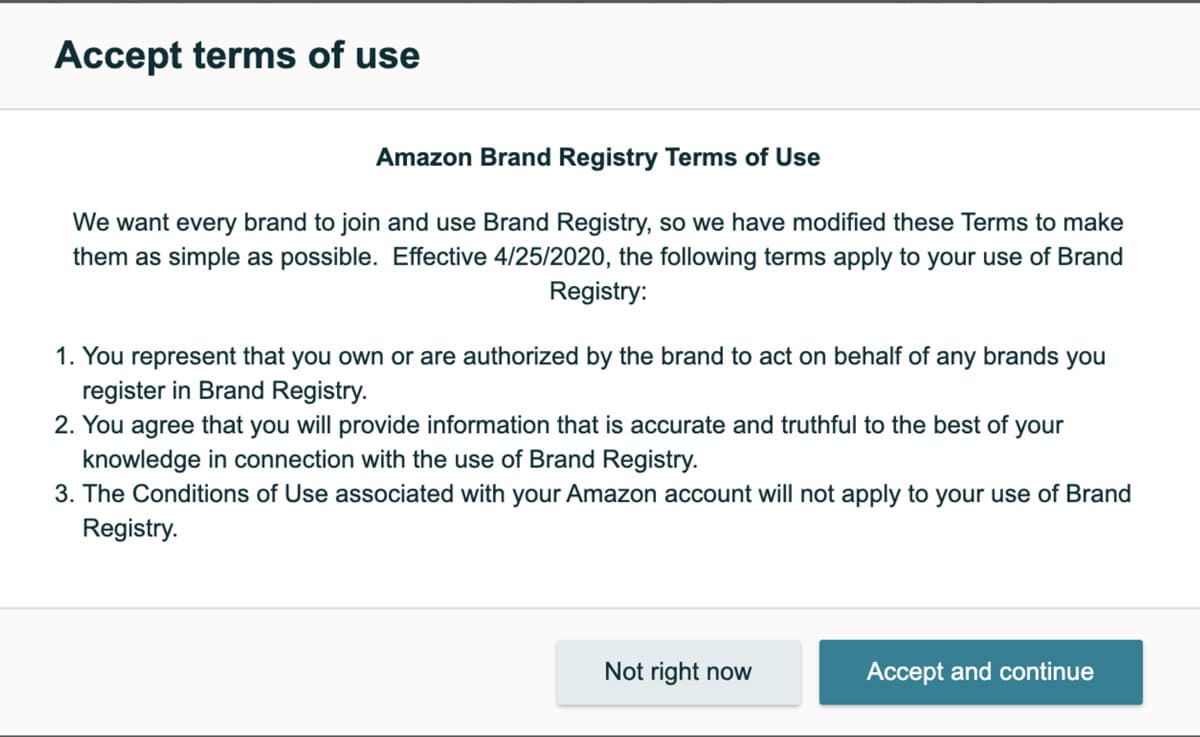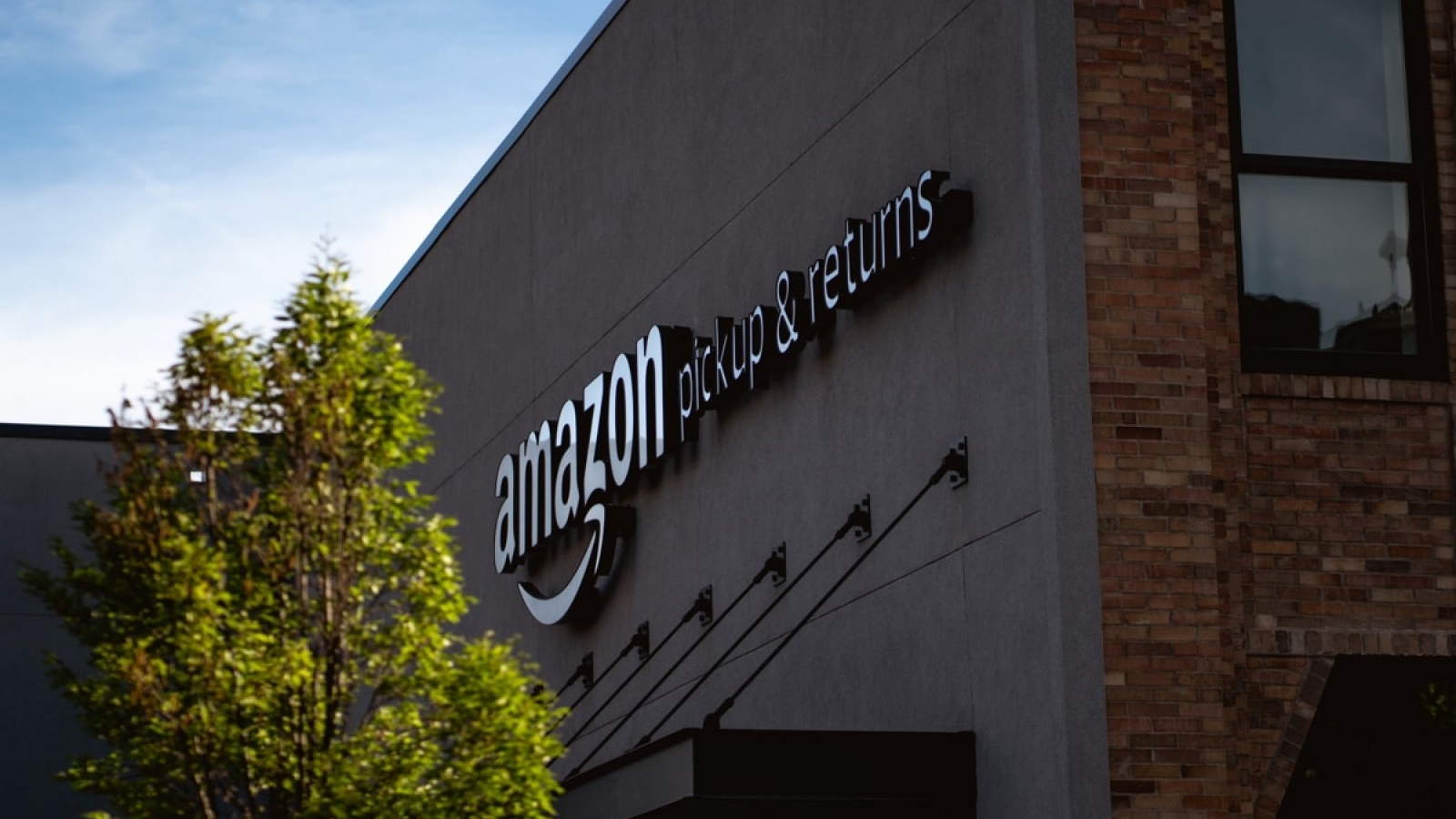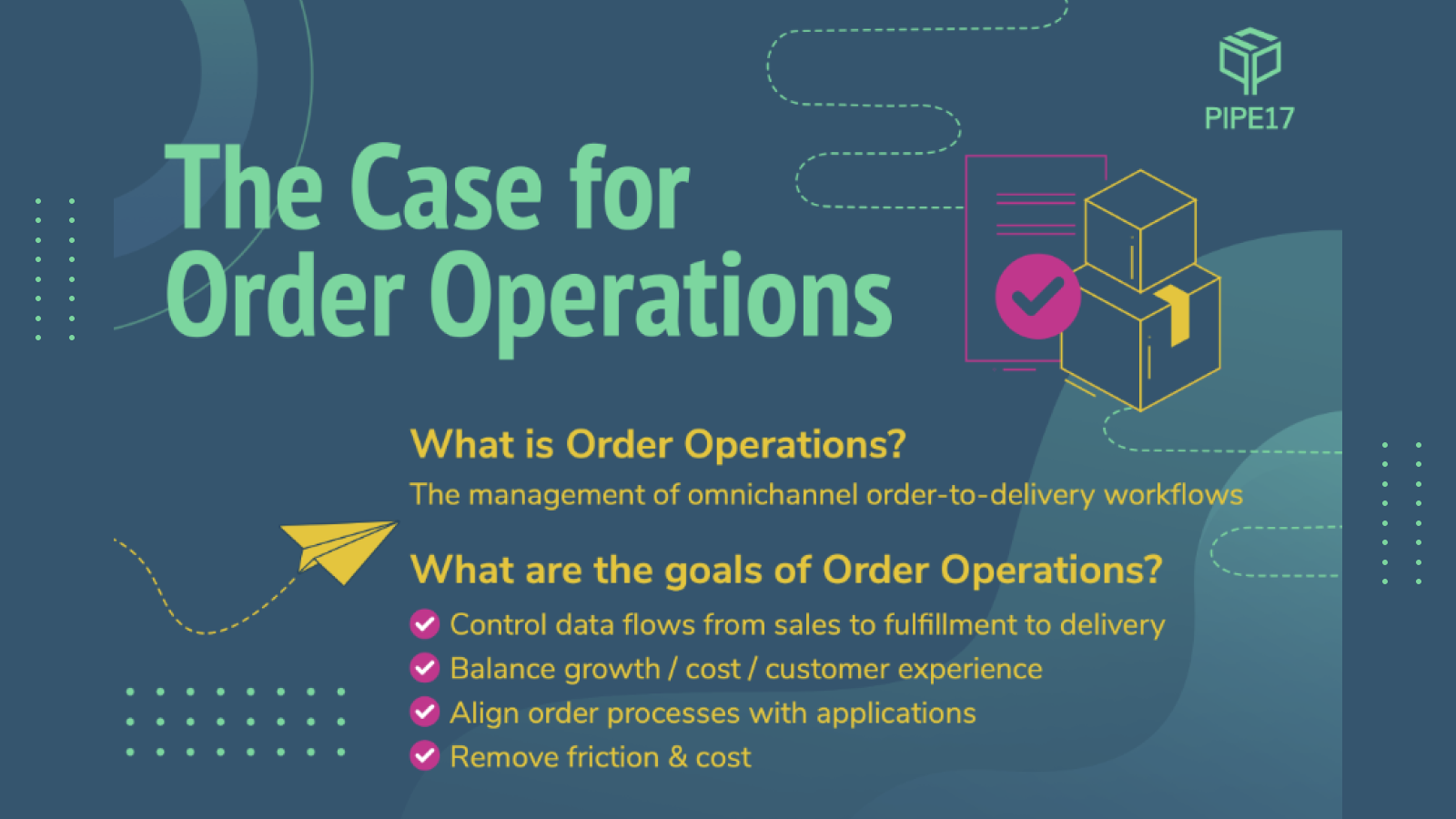If you work in Ccommerce operations and you’ve found a seller on Amazon selling product knockoffs, you’re not alone. Here’s the thing: if you created a trendy product with great branding —that’s also easy to manufacture— then your product will probably get “knocked off” at some point.
On the one hand, this can be seen as a compliment. After all, it means there is demand for your product and other ecommerce stores want a piece of your pie. But on the other hand, if you do not work to identify and stop the bad actors, these imposters could be detrimental to your brand. That’s why proper brand protection is so important.
Counterfeit products on ecommerce marketplaces are problematic. They are also everywhere — from Amazon to Alibaba to Ebay and beyond. Yet most of the burden for removing these fraudulent listings falls on the brand. So where do you start?
Protect your brand by starting with the largest platform in North America
It’s smart to prioritize intellectual property enforcement efforts by focusing on the platforms most consumers use. According to Statista, as of September 2020, Amazon accounted for 37.9% of online retail sales in North America. So if you’re running an ecommerce company in Canada or the USA, prioritizing Amazon brand protection is a no-brainer. Let’s take a look at the best ways to do that.
Secure the intellectual property you need Amazon brand protection for
Before you can enforce your intellectual property rights and take down infringing listings, you need to make sure you secure the intellectual property rights. The three primary ways to protect your intellectual property are:
- Trademarks
- Copyrights
- Patents (Utility & Design)
(For a more detailed explanation of the different ways to protect your intellectual property, Amazon provides detailed legal descriptions you can read here.)
Hopefully you’ve already started protecting your intellectual property. However, if you haven’t secured your brand’s intellectual property yet, stop what you are doing and register your IP immediately.
To successfully take down infringing listings on Amazon —at the very least— you will need to secure a trademark. A trademark is the silver bullet of IP enforcement. It is extremely useful for taking down infringing listings.
Enroll your trademarks into Amazon’s Brand Registry
If you are a “rights owner” with a registered trademark, you can enroll your brand in the Amazon Brand Registry instead of using the report infringement form.

The process is relatively simple. Enrolling in it gives you access to the online portal for reporting listings that infringe your intellectual property rights. The portal gives brands access to streamlined takedowns and reporting tools. You can even use its algorithms to proactively remove infringing listings without the brand’s involvement. In short, it makes life —and your brand protection efforts— much easier.
Enroll in Project Zero to up your brand protection

Project Zero offers automated IP protection and self-service counterfeit removal free of charge to enrolled brands. To be eligible for Amazon’s Project Zero, a brand must be enrolled in Amazon Brand Registry for a minimum of 6 months and have a success rate of 90% or higher. To find out if you are eligible, sign in using the Amazon account associated with your Brand Registry.
What happens when counterfeit sellers commit patent infringement?
There are a handful of ecommerce sellers who make a living selling infringing products. They are careful to not use the brand’s copyrighted photos or trademarks. Sellers recently jumped through these loopholes to sell The Final Co.’s flagship product FinalStraw, a patented collapsible, reusable straw.
The sellers avoided patent enforcement by only using the description of the product “collapsible, reusable straw” with images they took of lower quality products. Since they weren’t infringing on The Final Co.’s trademark or copyrights, the only way to enforce the infringing product was through design or utility patents.
If your ecommerce brand is experiencing patent infringement (not trademark or copyright), you’re probably asking yourself what you need to do next. You’re not alone and —as long as you have registered your patents— there are a few things you can do.
1. Request to participate in Amazon’s Neutral Patent Evaluation
If you hold a valid utility patent, you can request to participate in Amazon’s Neutral Patent Evaluation Program. Amazon recognized that patent litigation is an extremely expensive process, and that the burden of proof often falls on the brands. To help, they created their own version of patent infringement dispute resolution that’s much easier and more cost effective than traditional patent litigation. If you’re considering participating in the program, here are some tips to help you succeed:
1. Submit a written request. A patent owner must submit a written request to Amazon by completing the Amazon Utility Patent Neutral Evaluation Agreement.
2. Wait for the agreement. After the request is received, Amazon will send its Neutral Patent Evaluation agreement to both the patent owner and the accused pirate.
3. Pay the cost and return the agreement. Each party has 21 days to return the agreement along with $4,000 to participate. The cost is meant to deter infringers if they know they are in the wrong. Many disputes end at this point, because the infringers decide not to participate in the program. If they decide not to participate, their listings are taken down and they lose the dispute.
4. Wait for Amazon to select an evaluator. If both parties decide to participate in the Neutral Patent Evaluation, Amazon selects an evaluator. Each party has a chance to argue their case. After hearing the arguments, the evaluator decides whether the patent owner has established that the accused product infringes on its patent. The prevailing party in the Patent Neutral Evaluation process is refunded the $4,000 deposit and the listing that infringes the brand’s patent is taken down. The evaluator retains a maximum of $4,000 as compensation for their time. If multiple sellers choose to participate in the evaluation, any excess amount paid by the sellers is awarded to an Amazon Smile Charity of the patent owners’ choosing. To read more about participating in the Patent Neutral Evaluation Process, read the Amazon Utility Patent Neutral Evaluation Procedure.
Find an attorney that specializes in contingency lawsuits
There is always the option to litigate. Litigation is expensive, but there are attorneys that provide representation for Amazon brand protection cases on a contingent fee basis. The contingency lawsuits provide a chance to make money and offset future IP costs, at no cost to your brand. This also helps reduce the amount of sellers that continue to sell infringing products as they will not want to risk another lawsuit.
When it comes to protecting your IP, every case is different. It is important to research and seek the advice of skilled counsel to discuss your legal options and determine who will best assist your needs. If you need a few names of firms to get started, Marshall, Gerstein & Borun LLP and Greer, Burns, and Crain LLP both specialize in Intellectual Property Law.
Keeping your IP as safe as you can
Knockoffs cut into your profit margins and can ruin consumer trust in your products. That’s why taking steps toward protecting your ecommerce brand on Amazon (and elsewhere) is so critical. Taking these simple steps will help you keep fraudulent listings at bay.





